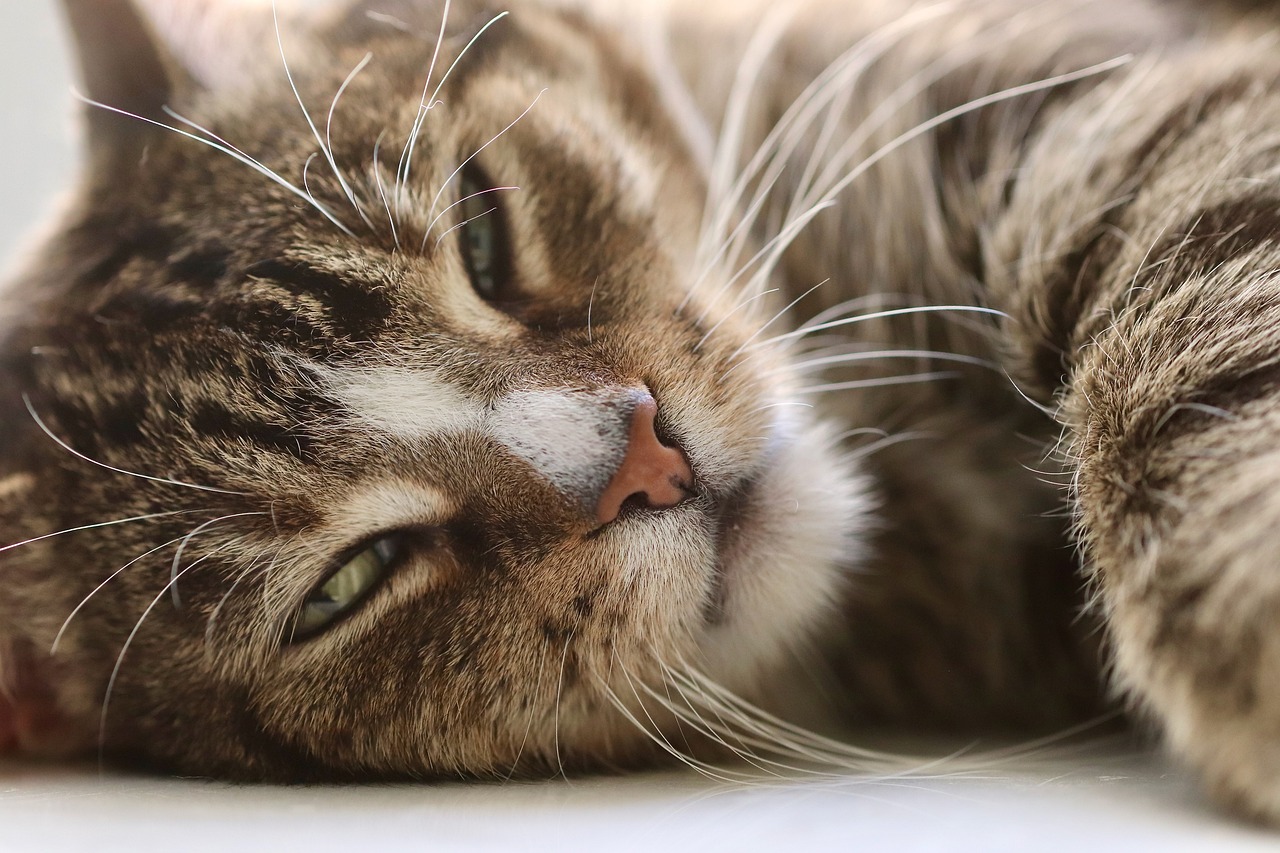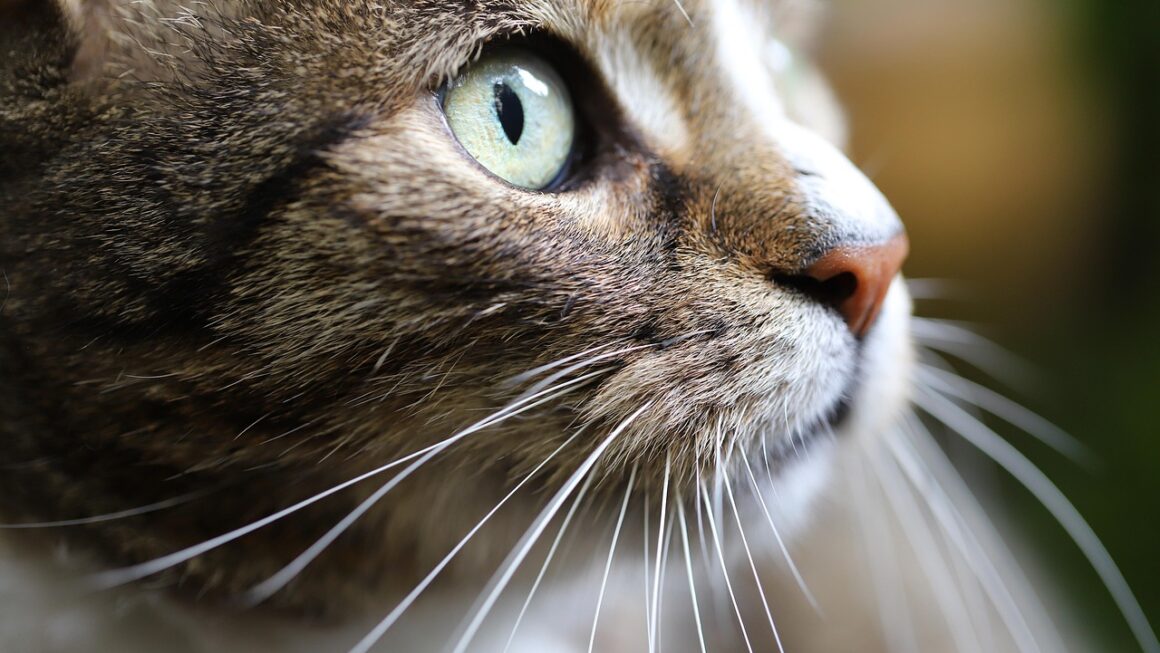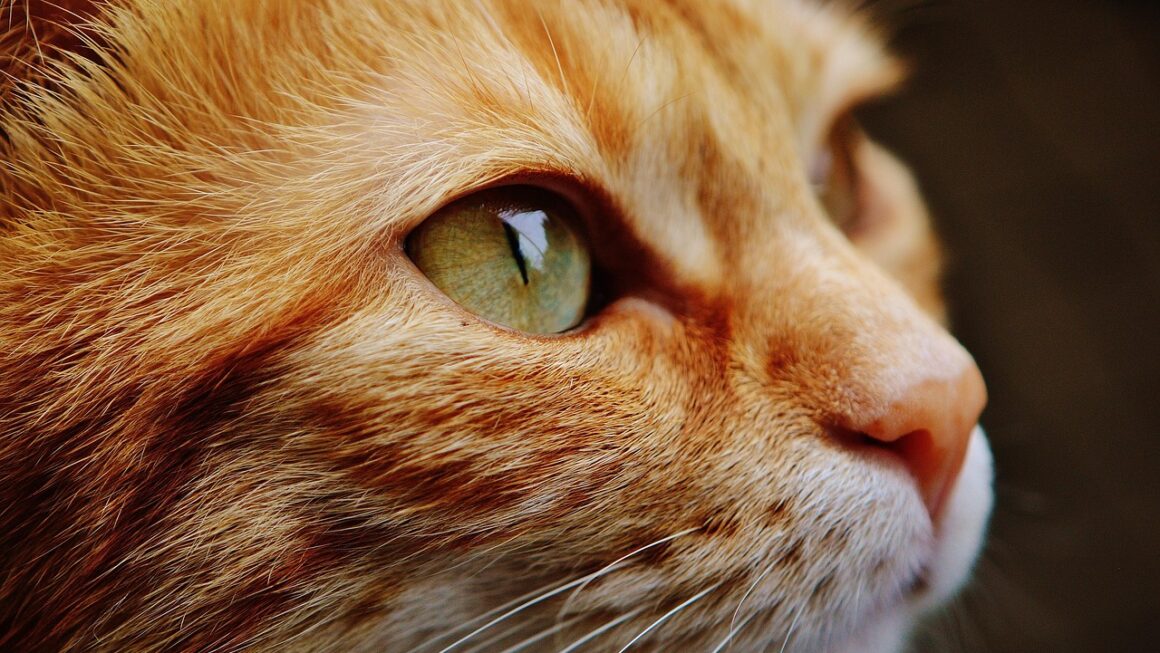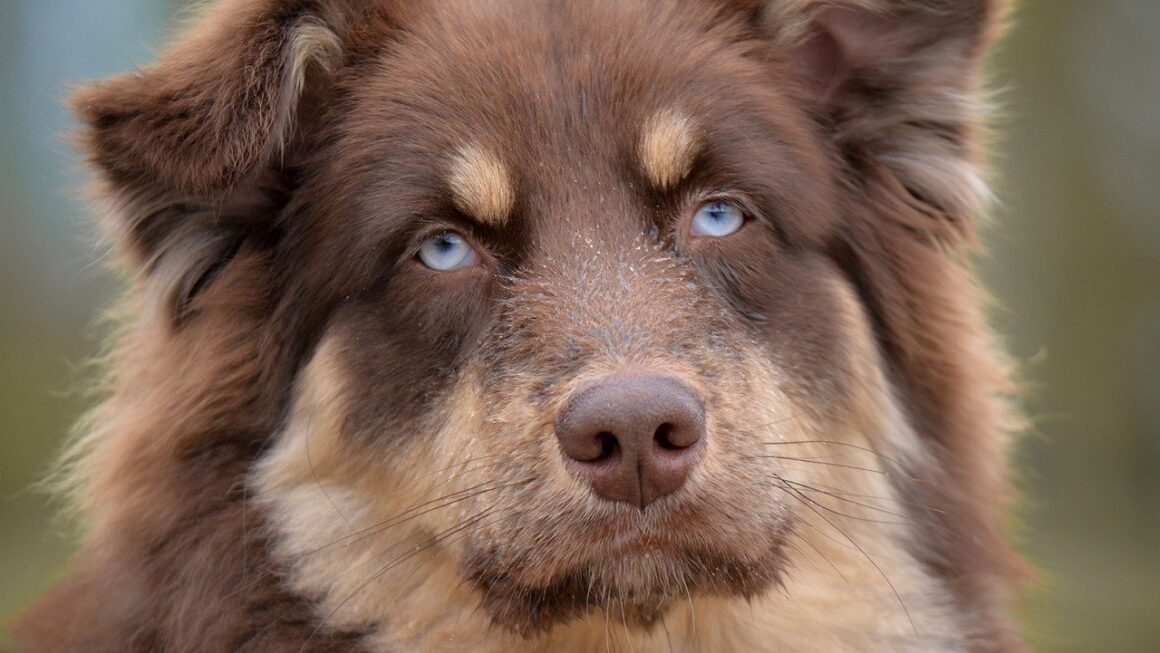Pet costumes aren’t just for Halloween anymore! They’re a fun way to celebrate holidays, special occasions, or simply to capture adorable photos of your furry friend. Whether you’re looking to dress up your dog as a superhero or turn your cat into a tiny lion, the possibilities are endless. But with so many options available, how do you choose the right costume and ensure your pet’s comfort and safety? This guide will walk you through everything you need to know about pet costumes, from selecting the perfect outfit to making sure your pet enjoys the experience.
Why Dress Up Your Pet?
Fun and Entertainment
Dressing up your pet can be a source of joy for both you and your audience, whether it’s online or in person. A well-chosen costume can bring laughter and smiles to everyone who sees it. It’s a fantastic way to:
- Create memorable photos and videos to share on social media.
- Participate in costume contests and pet parades.
- Add a touch of whimsy to your daily walks and outings.
Think about the joy of seeing a Dachshund dressed as a hotdog, or a Golden Retriever strutting in a pirate outfit. The possibilities for fun are endless!
Celebrating Special Occasions
Pet costumes are a perfect way to involve your furry friend in holiday celebrations. Consider these ideas:
- Halloween: Classic costumes like pumpkins, ghosts, and witches are always a hit.
- Christmas: Dress your pet as Santa, an elf, or a reindeer.
- Easter: Bunny ears and chick costumes are adorable choices.
- Other holidays: Patriotic outfits for the Fourth of July, green attire for St. Patrick’s Day, or even Valentine’s Day-themed outfits.
Don’t forget birthdays! A party hat and a “Birthday Boy/Girl” bandana can make your pet feel extra special.
Creating Unique Photo Opportunities
Capturing your pet’s unique personality in costume can result in stunning and shareable photos. Here are some tips for getting the best shots:
- Choose a costume that reflects your pet’s personality: A playful pup might look great in a superhero costume, while a dignified cat could rock a Sherlock Holmes outfit.
- Use natural lighting: Outdoor photos often look best, but avoid direct sunlight.
- Be patient: It may take a few tries to get the perfect shot.
- Offer treats and praise: Positive reinforcement can help your pet stay still and cooperative.
Choosing the Right Costume
Safety First
Before you even consider style, prioritize your pet’s safety. A poorly chosen costume can pose several risks. Consider these crucial aspects:
- Avoid costumes with small, detachable parts: Buttons, beads, and other small items can be choking hazards.
- Ensure the costume doesn’t restrict breathing, movement, or vision: Check for proper fit and range of motion.
- Choose non-toxic materials: Your pet might chew on the costume, so make sure the fabric and dyes are safe.
- Avoid overheating: Opt for lightweight, breathable fabrics.
- Check for allergies: If your pet has sensitive skin, choose hypoallergenic materials.
If a costume appears unsafe, don’t use it, regardless of how cute it looks.
Size and Fit
Proper sizing is essential for comfort and safety. Measure your pet carefully and consult the costume’s size chart. Keep these points in mind:
- Measure your pet’s neck, chest, and length: Use a soft measuring tape for accurate results.
- Don’t guess: Sizes can vary widely between manufacturers.
- Err on the side of slightly larger: A slightly loose costume is better than one that’s too tight.
- Consider your pet’s breed and body type: Some costumes are better suited for certain breeds.
For example, a long-bodied dog like a Corgi may need a specially designed costume to ensure a comfortable fit.
Material and Comfort
The material of the costume plays a significant role in your pet’s comfort. Consider these factors:
- Choose soft, breathable fabrics: Cotton, fleece, and lightweight polyester are good options.
- Avoid scratchy or irritating materials: Wool and some synthetic fabrics can cause discomfort.
- Consider the weather: In warmer climates, opt for lightweight, breathable materials. In colder climates, fleece or insulated costumes can provide extra warmth.
- Check for ease of cleaning: Machine-washable costumes are more convenient.
Imagine your pet wearing a scratchy wool costume on a hot day – they won’t be happy!
Introducing Your Pet to the Costume
Gradual Introduction
Don’t expect your pet to immediately love wearing a costume. A gradual introduction is key to a positive experience. Follow these steps:
- Let your pet sniff and investigate the costume: Place the costume on the floor and allow your pet to explore it at their own pace.
- Associate the costume with positive reinforcement: Offer treats and praise when your pet interacts with the costume.
- Start with short wearing sessions: Put the costume on for just a few minutes at first, gradually increasing the duration.
- Monitor your pet’s reaction: Watch for signs of stress or discomfort, such as panting, pacing, or trying to remove the costume.
It’s like introducing a new toy or bed. Patience is paramount!
Positive Reinforcement
Positive reinforcement is crucial for making costume-wearing a positive experience for your pet. Use these techniques:
- Offer treats and praise: Reward your pet for staying calm and wearing the costume.
- Use a calm and reassuring voice: Avoid scolding or forcing your pet to wear the costume.
- Make it a game: Incorporate the costume into playtime, such as fetching a toy while wearing it.
- End on a positive note: Always remove the costume before your pet becomes overly stressed.
For example, give your dog a high-value treat like a piece of cheese after they wear the costume for a few minutes.
Recognizing Signs of Stress
It’s essential to recognize signs of stress in your pet and respond accordingly. Common signs include:
- Panting or heavy breathing: Especially if it’s not due to physical activity.
- Pacing or restlessness: An inability to settle down.
- Trying to remove the costume: Scratching, biting, or pulling at the costume.
- Tucked tail: A sign of fear or anxiety.
- Flattened ears: Another sign of fear or anxiety, particularly in cats.
- Excessive vocalization: Whining, barking, or meowing more than usual.
If you observe any of these signs, remove the costume immediately and try again later with a more gradual approach.
Popular Pet Costume Ideas
Dogs
The possibilities for dog costumes are virtually limitless. Here are some popular and creative ideas:
- Superheroes: Superman, Batman, Wonder Woman.
- Animals: Lion, bear, shark.
- Food: Hot dog, banana, pizza.
- Pop Culture: Star Wars characters, Harry Potter characters, Minions.
- Occupations: Police officer, firefighter, doctor.
Consider your dog’s personality when choosing a costume. A playful Labrador might look great as a superhero, while a dignified Great Dane could rock a regal lion costume.
Cats
While cats may be more reluctant to wear costumes, there are still plenty of adorable options. Focus on simple and comfortable designs:
- Lion mane: A classic and easy-to-wear option.
- Superhero cape: A lightweight and non-restrictive choice.
- Fairy wings: A whimsical and enchanting look.
- Holiday-themed collars: A subtle and comfortable way to celebrate.
- Simple hats: Choose lightweight and comfortable materials.
Remember, comfort is key when it comes to cat costumes. Avoid anything too restrictive or uncomfortable.
Small Animals
Even small animals like rabbits, guinea pigs, and hamsters can join in the fun with appropriately sized costumes. Look for options that are specifically designed for small pets:
- Hats: Miniature top hats, witch hats, or Santa hats.
- Capes: Small and lightweight capes.
- Bandanas: Festive bandanas with holiday themes.
- Sweaters: Small, knitted sweaters for warmth and style.
Ensure the costume doesn’t restrict movement or access to food and water. Safety is paramount when dressing up small animals.
Where to Buy Pet Costumes
Online Retailers
Online retailers offer a vast selection of pet costumes, often at competitive prices. Some popular options include:
- Amazon: A wide variety of costumes, often with customer reviews to help you make a decision.
- Etsy: Unique and handmade costumes from independent sellers.
- Chewy: A pet-focused retailer with a good selection of costumes and accessories.
- Petco and PetSmart: Major pet retailers with a range of costumes both online and in stores.
Be sure to check the size charts and read customer reviews before making a purchase.
Local Pet Stores
Shopping at local pet stores allows you to try on costumes and get personalized advice from staff. This can be especially helpful if you’re unsure about sizing or fit. Additionally, you support local business!
Often, they also have costume contests or in-store events.
DIY Options
Creating your own pet costume can be a fun and rewarding experience. It allows you to customize the design and ensure a perfect fit. Consider these DIY ideas:
- Upcycle old clothing: Use old t-shirts, sweaters, or other fabrics to create a unique costume.
- Use felt: Felt is easy to work with and comes in a variety of colors.
- Get creative with cardboard: Cardboard can be used to create props or accessories.
- Sew or glue: Choose the method that you are most comfortable with to construct your costume.
Remember to prioritize safety when creating a DIY costume. Avoid using small, detachable parts and ensure the costume doesn’t restrict movement or breathing.
Conclusion
Dressing up your pet can be a delightful experience, creating lasting memories and bringing joy to both you and those around you. By prioritizing safety, choosing the right costume, and introducing it gradually, you can ensure that your furry friend enjoys the fun as much as you do. Whether you’re celebrating a holiday, participating in a costume contest, or simply capturing adorable photos, pet costumes are a wonderful way to express your creativity and showcase your pet’s unique personality. So, go ahead and unleash your imagination – just remember to keep your pet’s comfort and well-being at the forefront of your costume adventures!




